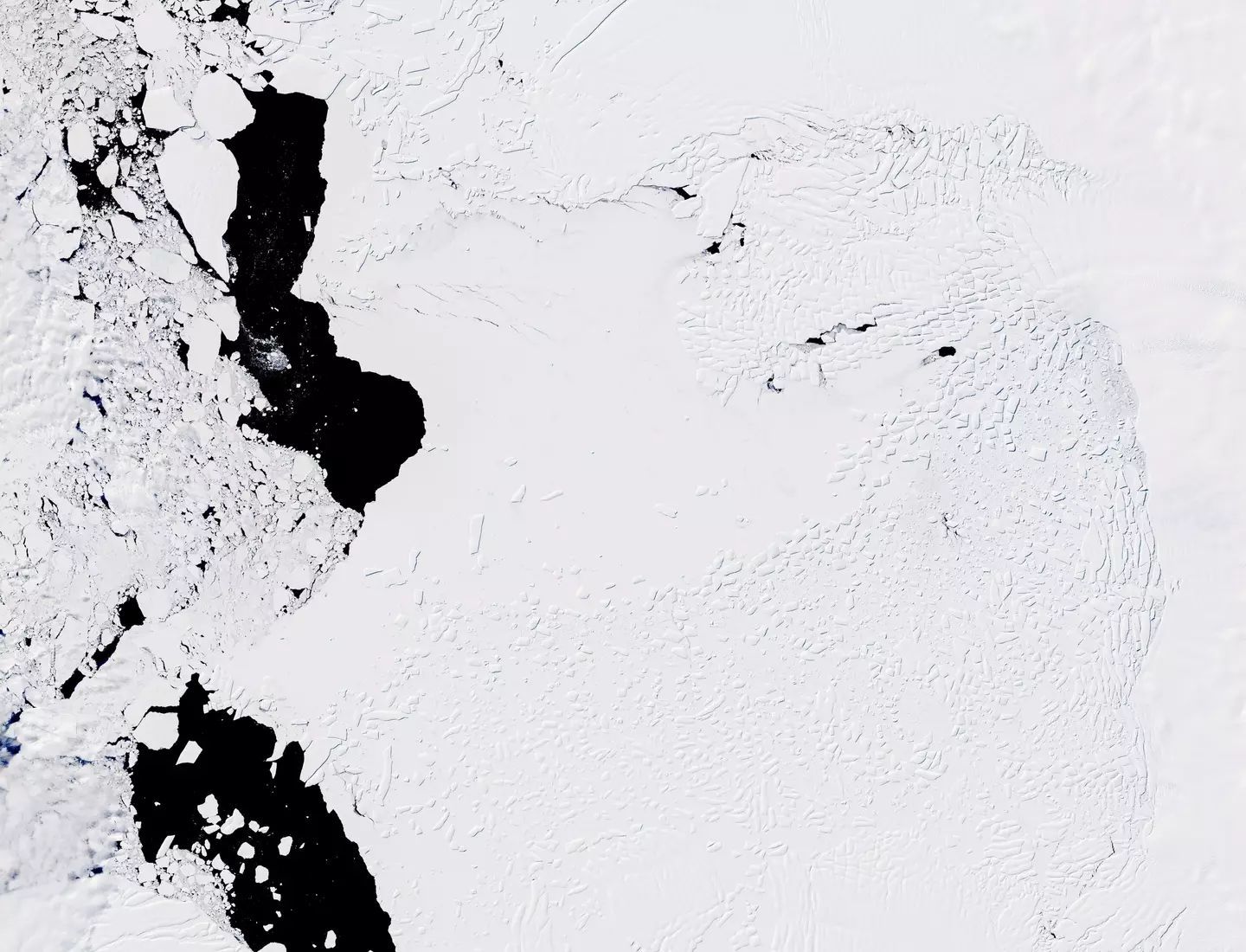
A new study has revealed that Antarctica's Doomsday Glacier is ‘retreating’ at the fastest rate of the last 5,500 years.
The Thwaites Glacier has been given the nickname Doomsday as it has the potential to drastically increase global sea levels.
A new study shows that the glacier - which is approximately the size of Great Britain - may well raise sea levels by 3.4 metres over the next few centuries if it keeps melting at this speed.

Antarctica is divided into two ice masses called the East and West Antarctic Ice Sheets. The Thwaites and Pine Island glaciers sit within the West Antarctic Ice Sheet.
Advert
The alarming finding was made by researchers from the University of Maine and the British Antarctic Survey who worked out ice loss by measuring local sea level change.
The study’s co-author, Dr Dylan Rood of Imperial's Department of Earth Science and Engineering, told MailOnline: “Although these vulnerable glaciers were relatively stable during the past few millennia, their current rate of retreat is accelerating and already raising global sea level."
He added: "We now urgently need to work out if it's too late to stop the bleeding."
During the study, researchers were examining how much the glacier had retreated since the mid-Holocene, a Geologic period that took place more than 5,000 years ago.
Advert
Using radiocarbon dating, teams were able to test penguin bones and seashells and determine how long they’ve been above sea level.

Glaciers ‘push down’ on the surface of the earth when they sit on land, which means that land is able to ‘bounce back’ when the glacier melts, elevating beaches above sea level.
This can explain why local sea levels for certain land areas fell, despite melting ice pushing up sea levels globally.
Advert
Ice draining from the Thwaites glacier into the Amundsen Sea already accounts for about four percent rising sea levels around the globe, according to data captured by the International Thwaites Glacier Collaboration.
The International Thwaites Glacier Collaboration will search for important clues that are buried deep under the ice in an attempt to find a solution to rising sea levels.
Researchers will now drill through the glaciers to collect rock underneath, which may contain evidence for whether current accelerating rates of melting are reversible or not.
If you have a story you want to tell, send it to UNILAD via [email protected]
Topics: Science, Climate Change
